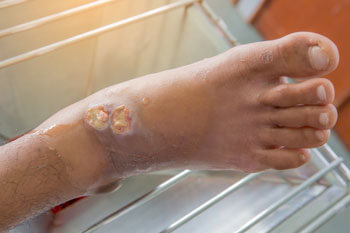Understanding Diabetic Foot Ulcers and How They Heal

For people living with diabetes, the feet require special attention because even small wounds can develop into more serious concerns. One of the most common complications is the formation of diabetic foot ulcers. These ulcers often result from a combination of reduced circulation and loss of protective sensation in the feet. Without early care, what begins as a small sore can become difficult to heal and increase the risk of infection.
Ulcers frequently appear in areas that carry the most pressure, such as the heels, toes, or the ball of the foot. They may present as open sores or wounds that are slow to close. Common signs include swelling, redness, discomfort, and skin that does not seem to repair itself at the normal pace. Because neuropathy can dull pain, many individuals do not notice the problem until the ulcer has progressed.
Certain factors make these wounds more likely to develop. High blood sugar levels that are not well controlled can affect circulation and healing. A history of foot injuries, wearing poorly fitting shoes, or underlying vascular issues may also increase risk. Routine monitoring of the feet and proper footwear play an important role in prevention.
When an ulcer is present, professional treatment is necessary. Care may involve cleaning and dressing the wound, removing damaged tissue, reducing pressure on the area, and managing blood glucose levels. In more advanced cases, surgical procedures may be recommended to encourage healing. Consistent follow-up visits with a wound care specialist are vital to track progress and prevent complications.
With attentive management and early intervention, many diabetic foot ulcers can be successfully treated. If you notice changes in your feet or have a wound that is not healing, reach out to us for care.
